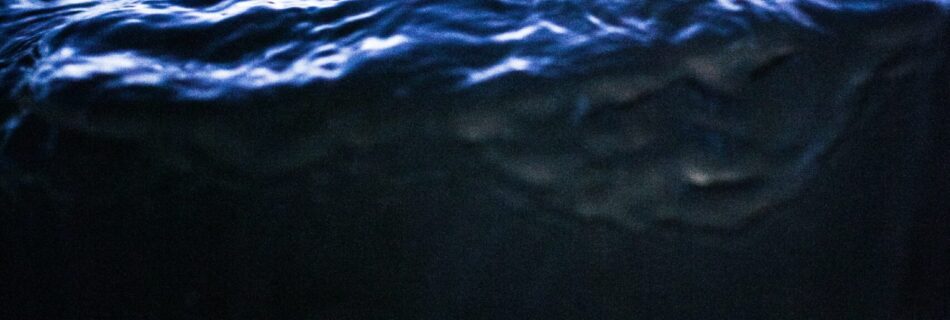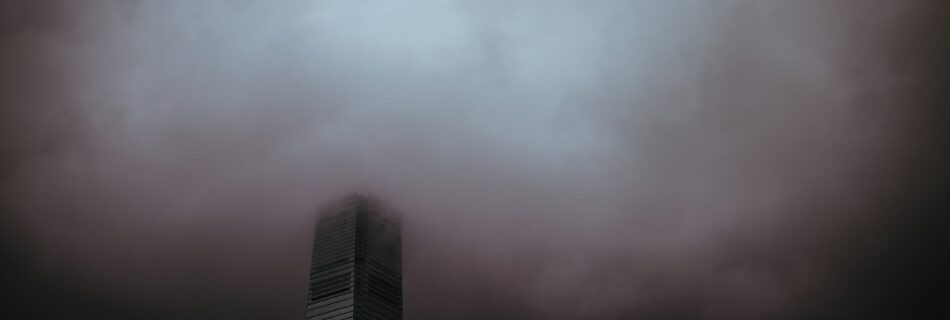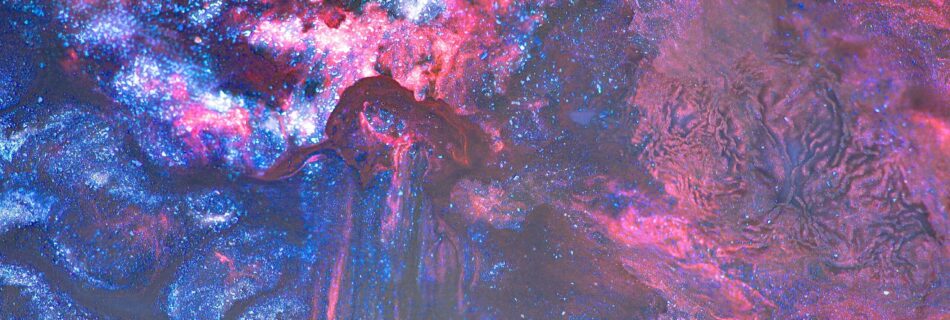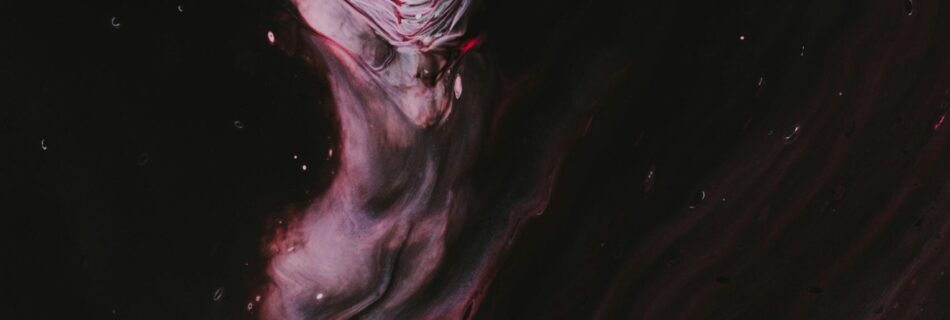The Geometry of Consciousness
Consciousness has structure.Not in the crude way that matter has form, but as pattern—direction, proportion, tension, release. What appears within awareness arises according to that inner geometry. When the pattern is disordered, thought collapses into noise; when it aligns, perception acquires strength and serenity.The builder who understands this no longer treats mind as an accident …










